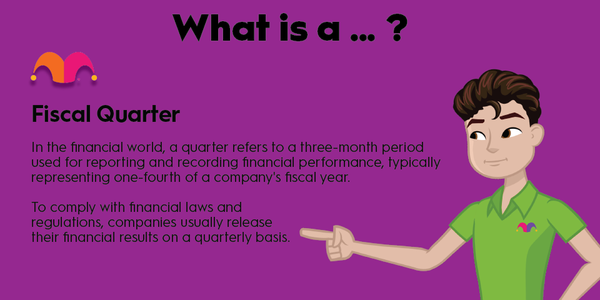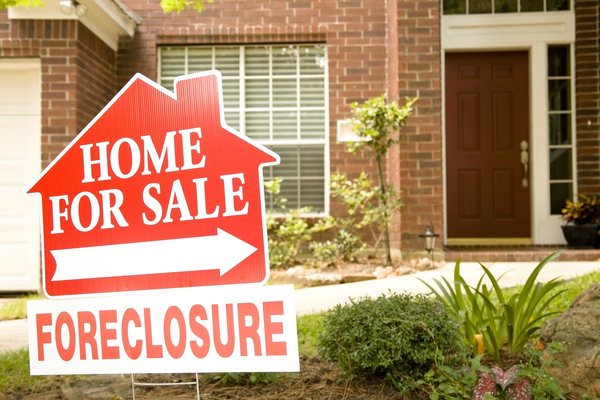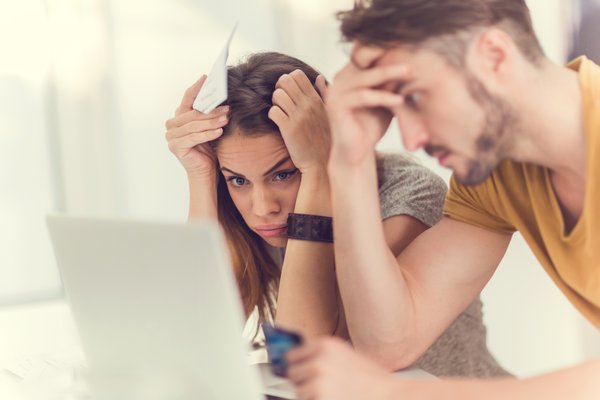Whether you've been investing for a while or are brand new at it, you're almost certainly looking for more ways to better choose the best stocks for your portfolio. Fundamental investing (also called fundamental analysis) is a common technique that makes it easier to understand why stocks have a given value.

What is it?
What is fundamental investing?
Fundamental investing, also known as fundamental analysis, is a very common way to look at stocks when you're trying to decide whether or not you want to buy them. In fundamental analysis, you're looking at the reasons why stocks have a given value. The fundamentals -- like balance sheets and industry health -- are everything in fundamental investing.
With fundamental analysis, your goal is to attempt to tease out the intrinsic value of a stock rather than try to figure out if it's going to go up or down. Many long-term investors tend to favor fundamental analysis so they can better understand if their company will do well for years or decades to come.
Types
Types of fundamental investing
There are two main schools of thought when it comes to fundamental analysis. They both look at stocks in their broader context, including examining how the wider economy may influence the stock and how the company performs within its own industry. However, they approach this very differently.
The top-down approach of fundamental investing starts by looking at the wider economy then delves into the industry and factors that may influence it, and then finally examines a company's specific financials and management. For some types of stocks, this makes sense, especially if the industry is new, niche, or one that may not have a lot of future left (think print-only newspapers in 2001).
The bottom-up approach does the exact opposite, first looking at the company's health before considering anything else. This is generally best for companies that are in industries you believe are healthy and not in trouble, so you can focus on whether or not this particular company is going to be profitable in the long term.
Fundamental vs. technical investing
Fundamental investing versus technical investing
Many stock traders have dabbled in a lot of different techniques to figure out what stocks will be winners, but the techniques generally be described as either fundamental analysis or technical analysis. The two are usually considered to be at odds, but it's honestly not uncommon to employ fundamental and technical investing together in different ways.
Fundamental analysis, as stated above, looks at the company and the economy's basic fundamentals. It's a decision as to whether or not this company and this economy are healthy from a business and economic perspective. The timeline is very long-term.
Technical analysis, on the other hand, focuses primarily on trade data and tries to predict future prices from past performance. Technical traders attempt to detect and isolate patterns that tend to result in increases or decreases in the value of a stock based on trades alone. Because of the type of data that's considered and how it's considered, technical analysis tends to be a shorter-term proposition and is common for day traders.
Related investing topics
Example
An example of how fundamental investing works
So, let's say that you're interested in XYZ, Inc., a company that makes snack cakes. You've done your homework; you can see that the economy is healthy, and people are spending on discretionary goods and small luxuries -- a great environment for a snack cake manufacturer.
The snack cake industry as a whole is great; lots of snack cakes are being sold by XYZ, Inc., as well as its competitors. These manufacturers have been posting record profits for the last several quarters.
Drilling down into XYZ, Inc., though, you see some issues. They have been taking on a lot of debt recently (not great news). Then, you discover that the debt is for a new factory because they simply cannot keep up with the demand for snack cakes (maybe good news). There's ample cash on hand, so the move could simply be to grow the company faster without sacrificing its financial pad.
The company has been in business for 150 years and has been in solid hands the entire time. The same family has owned it and continues to pass the torch on to leaders who share the same conservative business philosophy. They do spend some money on new product development, but their biggest sellers are traditional favorites.
So, between the massive increase in sales for several quarters in a row, the overall health of the snack cake industry, and the fact that XYZ's conservative leadership has decided to leverage debt to expand rapidly rather than waiting on their cash on hand to be enough to build a new factory, you decide to buy, in hopes that you'll be ahead of their future growth wave.
This is a very simple example of how you might examine a company using a fundamental analysis approach. The next hardest step is holding on through the bumpy years, because the stock market always has bumpy years.

























































